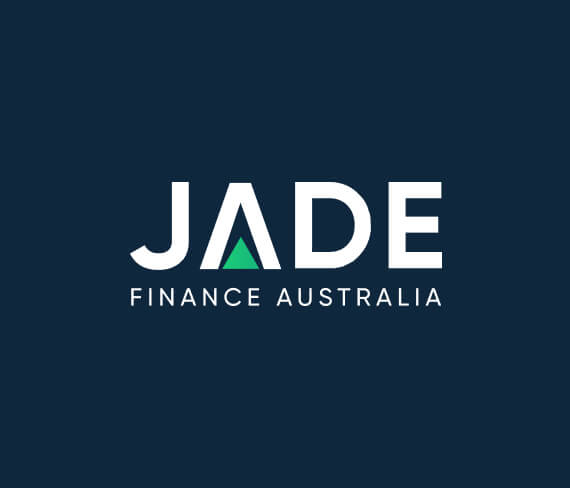Both business owners and individuals planning major purchases with finance, will be wise to stay across the release of the latest economic data. Inflation and unemployment figures have a significant impact on interest rates as this data is used by the RBA Board when making its decisions around cash rate moves. With interest rates currently in an increasing cycle as the RBA normalises the cash rate, the release of the latest inflation figures will have increased importance for those planning to apply for personal loans and business finance.
The ABS released the monthly employment data in the second week in July which showed a significant drop of 0.4% in unemployment. On its own, that data was considered by many economists as putting pressure on the RBA to lift the cash rate further in August. At the time of the release of that data, some commentators were suggesting a 1% rise in August was possible.
Now the ABS has released the quarterly inflation data for the period 1 April through to 30 June – known as the June quarter. The figures are quite confronting, as described by Treasurer Jim Chalmers though not surprising. Inflation for the quarter rose to 6.1%. The quarterly inflation result of 6.1% will add pressure on the RBA to hike interest rates and on borrowers to seek cheapest the interest rate loans.
ABS July Inflation Report
In a statement issued on 27 July, the Australian Bureau of Statistics reported the quarterly inflation data which saw the CPI rate hit 6.1%. The quarter recorded a 1.8% rise which was less than the 2.1% recorded in the previous (March) quarter. While less than March, the June result still ranks as the second largest quarterly rise since 2003.
Some of the notable points in the statement include:-
- Inflation 6.1%. 4.9% when excluding high price falls and rises.
- Rise is attributed to a number of factors, primarily higher new dwelling and fuel prices.
- Goods price rises accounted for 79% of the rise in the CPI. The rise reflects freight cost increases and strong goods demand which is not being fully met by supply which is constrained.
- Despite the easing of the excise duty, this was the eighth quarterly increase in fuel prices in a row. This is seen very much as a result of the oil price situation coming from the Russian invasion of Ukraine.
- Both non-food and food prices saw increases over the reporting period.
- The floods experienced earlier in the year, especially on the east coast, are noted as a major contributor to rising food prices.
- The tight labour market and ongoing supply issues as well as the rise in freight costs are seen as contributors.
- Prices for services did not rise at the same rate as for goods. Goods price rises accounting for 79% of the CPI increase.
In a statement to the Federal Parliament the day following the release of the inflation data, Treasurer Chalmers said that based on new forecasts, inflation could reach as high as 7.75% during the quarter to end of December. He said Treasury forecast an easing of inflation to around 5.5% by mid next year before dropping into the RBA 2-3% target area in the middle of the following year, 2024.
Effect on Interest Rates
Due to meet on 2 August to make its next decision on the cash rate, the RBA Board will be taking these latest figures into its deliberations, as mentioned in their July statement. Raising interest rates is a lever used by global central banks to curb soaring inflation. This is being done by central banks around the world. Many countries, including the USA, are experiencing much higher rates of inflation and interest rates than here in Australia.
The RBA is highly expected to lift the cash rate by a further 0.5% on 2 August with further rises highly likely in September through November. So far, the Board has lifted the cash rate by 1.25% over the past 3 months from the record low of 0.1% to the current 1.35%.
Banks and non-bank lenders use the cash rate as their foundation for setting their individual rates. We have seen some lenders lift rates even prior to the RBA decisions. How much and when an individual lender will increase their rates in a particular market is dependent on a number of factors. The amount of the rate increase may vary across markets – motor vehicle finance, equipment finance, consumer finance and business finance products.
Achieving Cheaper Rates
While rates are on the way up, Jade Finance continues to adhere to our policy of achieving better interest rates across our loan portfolio. Both business customer and private buyers are welcome to utilise our services to secure cheaper rates which are sourced from a vast section of lenders. Having more choices provides our customers with better prospects of securing the cheapest rates.
Those considering taking on finance for major purchases should be aware that advertised rates are typically the rates which are applicable to loan applicants with a good credit rating and for new goods. Keeping credit scores in the good range is of prime importance in the current economic climate of rising interest rates.
Contact Jade Finance 1300 000 008 to discuss how we can assist you achieve cheaper interest rate finance and loans.
DISCLAIMER: NO LIABILITY IS ACCEPTED IF ERRORS OR MISREPRESENTATIONS ARE FOUND IN THIS ARTICLE. THE ARTICLE IS PREPARED AND PRESENTED FOR GENERAL INFORMATIVE PURPOSES AND IS NOT INTENDED TO BE THE SOLE SOURCE OF INFORMATION FOR MAKING FINANCIAL DECISIONS. THOSE REQUIRING GUIDANCE AND ADVICE SHOULD CONSULT A FINANCIAL ADVISOR.
